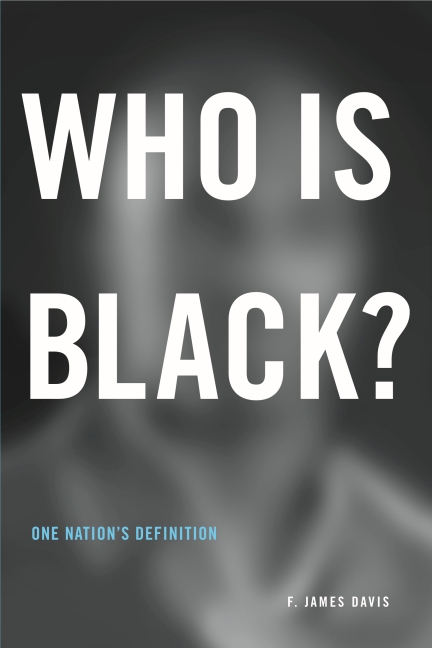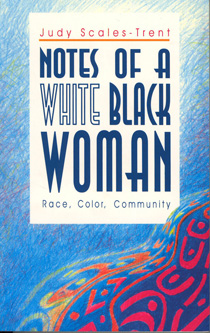From Black to Biracial: Transforming Racial Identity Among AmericansPosted in Books, Census/Demographics, Identity Development/Psychology, Media Archive, Monographs, Politics/Public Policy, Social Science, United States on 2009-10-18 19:38Z by Steven |
From Black to Biracial: Transforming Racial Identity Among Americans
Praeger Publishers an imprint of Greenwood Publishing Group
1998
160 pages
Trim Size: 6 1/8 x 9 1/4
Paperback ISBN: 0-275-96744-1; ISBN-13: 978-0-275-96744-4
Kathleen Odell Korgen, Professor of Sociology
William Paterson University, Wayne, New Jersey
Is a person with both a white and African American parent black? Thirty years ago in American society the answer would have been yes. Today, the answer most likely depends on whom you ask. According to the U.S. Census, a person with both a black and a white parent is, in fact, black. However, most young persons who fit this description describe themselves as biracial, both black and white. Most young Americans, whatever their racial background, agree. Since the Voting Rights Act of 1965 signaled the culmination of the Civil Rights Movement, a transformation has occurred in the racial self-definition of Americans with both an African American and a white parent. This book describes the transformation and explains why it has occurred and how it has come about. Through extensive research and dozens of interviews, Korgen describes how the transformation has its roots in the historical and cultural transitions in U.S. society since the Civil Rights era. A ground breaking book, From Black to Biracial will help all Americans understand the societal implications of the increasingly multiracial nature of our population. From affirmative action to the present controversy over the U.S. Census 2000, the repercussions of the transformation in racial identity related here affect all race-based aspects of our society. Students and faculty in sociology and multicultural studies, business leaders, and general readers alike will benefit from reading this work.
Table of Contents:
- Introduction: The Transformation of Racial Identity
- Biracial Americans: White, Black, Both, Neither
- Black by Definition or The Best of Both Worlds?
- The Transformation: From Black to Biracial
- Turning Points: Biracial College Students and Dating
- Marginality and the Biracial American
- Identities and Transformation
- Public Policy Implications
- Appendix: Notes on Methodology
- Bibliography
- Index



